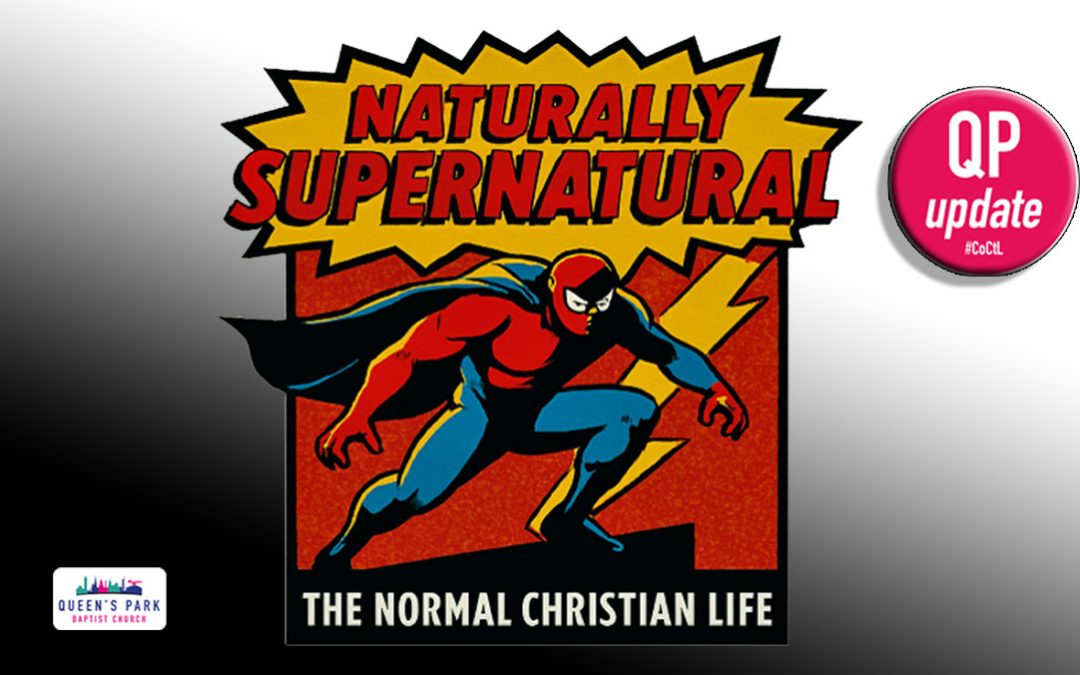Edinburgh is a great place to visit, even this boy from Glasgow has to admit our neighbour to the east is rather cool. It boasts fine architecture, and magnificent museums, but also, in my opinion, one of the worst sculpted statues in Scotland.
The statue in question sits in front of the High Court on the Royal Mile and is of Scottish Enlightenment thinker, David Hume.
Hume is best known for two things; his deeply problematic views on race (which were clearly racist even by the standards of his time) and his argument against the existence of miracles.
Irony
In his 1748 An Enquiry Concerning Human Understanding, Hume thought he presented an airtight argument which logically disproved the existence of miracles. Versions of his argument are still current today.
It is therefore deeply ironic, and brings a wry smile to my face, that the statue of this doyen of enlightenment rationalism has its big toe rubbed hundreds, perhaps thousands of times a day for good luck!
Hume, and those who subscribe to his version of rationalism, thought they were ridding the world of superstitious beliefs e.g., rubbing things for luck, and for them, superstitious beliefs included belief in God and miracles like healing.
Trust, not superstition
Yet, I’d argue it is logical and not superstitious to believe in a God who heals.
Superstition has to do with irrationality. However, if you believe in God as revealed in Christ Jesus it is entirely rational to believe in miracles. It is logical because God, who is intimately involved in his creation, is directing creation toward new creation in which there is no sickness, pain, or death.
This new creation entered our present age with the resurrection of Jesus, and so God indicates the direction of travel for his creation through miraculous healings as a sign of the no-sickness, no-disease, no-pain, no-death world which is to come.
God is love and is loving. He chiefly demonstrates his love for us in Christ’s work on the cross and resurrection, and through this is lovingly present in and with us by his Spirit. Logically, this love for humankind, includes on occasion, acts of physical healing.
Similarly, it is logical to believe that God who cares for the weak and poor and marginalised and oppressed, reveals his preferential option for the poor through healings – think how many times in the Gospels healings not only restored a person’s health but freed them from poverty, marginalisation, gave them the dignity to work and not beg, allowed them to rejoin society and enter the temple.
It would be irrational, illogical, to believe that the God of Jesus Christ does not heal.
The In-Between Times
Yet, we all know, healing does not always happen. This is not because God does not love us/you, but because we live in the in-between times.
Healing indicates a direction of travel, i.e. history is moving toward new creation and the renewal of all things through Christ Jesus by the Spirit of life. But it is clear we have not yet reached this destination …new creation has not yet come in all its fullness.
Yet, given the resurrection is the first act of new creation, in a very real way God’s future and the future of creation is already present in this age which is passing away. Moreover, the same power which raised Christ Jesus from the dead is at work in us (Romans 8:11).
This dynamic is often spoken of as the ‘now and not yet’ or the ‘already and yet to come’ of the kingdom.
God’s kingdom in which there is no sickness or disease is already present and at work in us and in our world, but it is so in a preliminary way. The fullness of the kingdom is yet to come and will not be present in its fulness until Christ returns at the close of our present age.
Tip of the Iceberg
Some people ask, how much of the ‘not yet’ should we expect now? While unquantifiable, I think this answer is more.
Miracles are, by definition, an exception to the norm. In new creation there will be no miracles because the norm will be no sickness, no disease, no death. But in these in-between-times, miracles are not the norm and indicate God’s grace being made manifest in an exceptional supernatural way.
Our bible passage on Sunday is Acts 3: 1 – 16, one of the relatively few accounts of healing in the book of Acts. Yes, healings occur, but despite covering events over a long-time span, the book of Acts recalls relatively few. I am sure there are healings which the book of Acts does not recall for us. Yet, while desiring to see God move in miraculous healing more often, the book of Acts reminds us we live in the “now yet” as well as the “already now” of the kingdom of God.
Having said this, if we listen to what God is doing in other nations around the world, we are left with a sense that we are experiencing the tip of the iceberg with regards to how God desires to move by his Spirit.
We should expect to see healings, and our desire should be to see God, by his spirit, move more often in this way.
Questions
If your reading of Acts 3: 1 – 16 passage and/or the sermon on Sunday raises questions for you that you’d like to explore, then I encourage you to send these into the Podcast.
We love getting questions for the podcast and it is a great tool for exploring various thoughts and topics, so simply email your question to office@qpbc.org
See you Sunday.
Brodie
